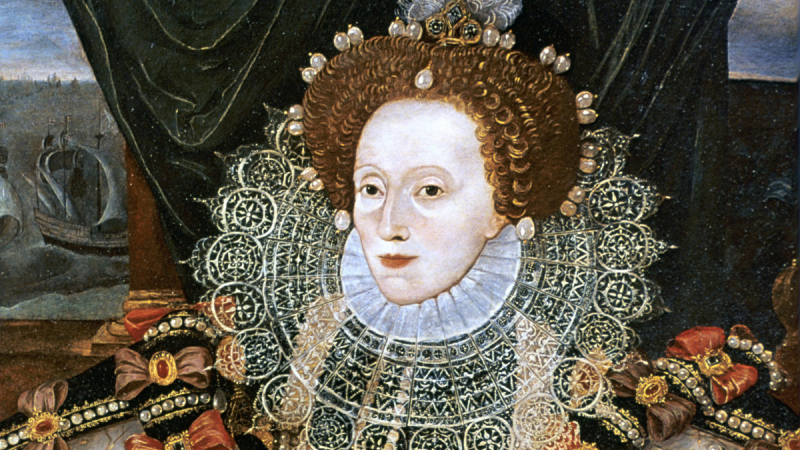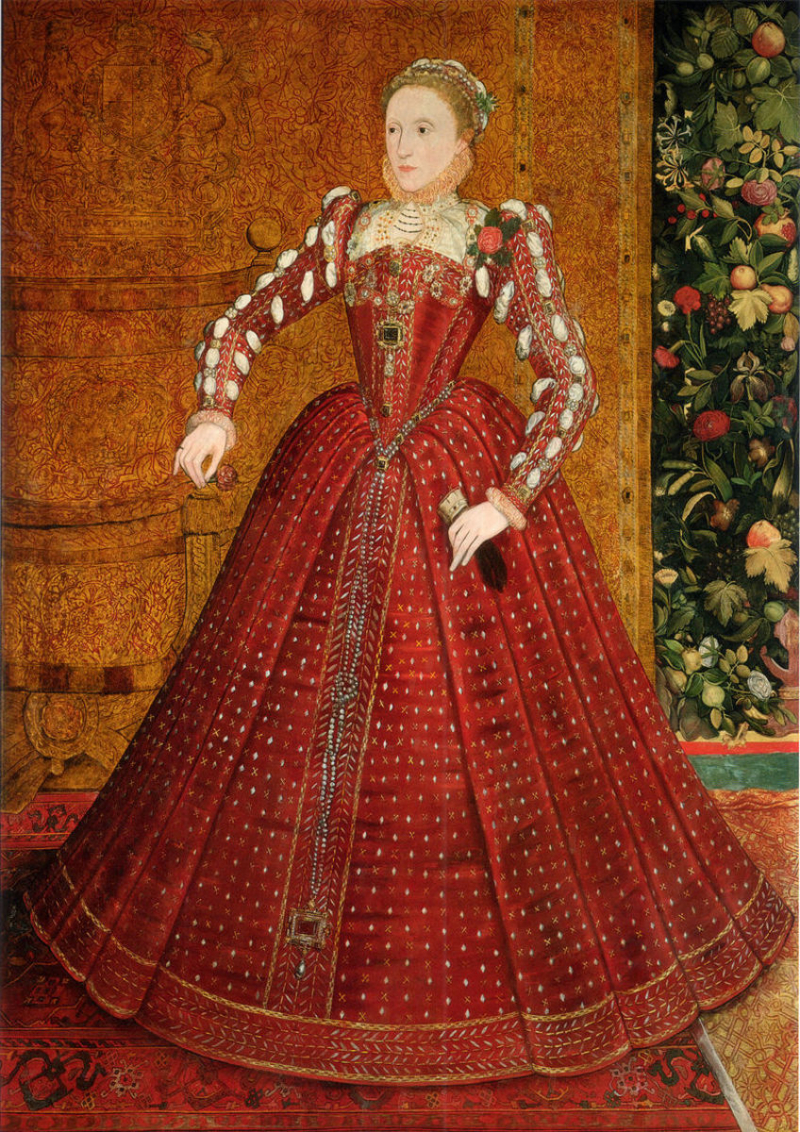Elizabeth I became Queen of England and Ireland in 1559
Elizabeth was the only child of England's King Henry VIII and his second wife, Anne Boleyn. She was the heir apparent to the English crown at the time of her birth in 1533. Anne Boleyn's marriage to Henry VIII was canceled in 1536. Elizabeth was proclaimed illegitimate when Anne was publicly executed. After Anne, Henry had four additional wives. He died in 1547 and was succeeded by Edward VI, his son with his third wife Jane Seymour. Edward died at the age of 15 in 1553 and was succeeded by Mary I, Henry's daughter from his first marriage to Catherine of Aragon. During Mary's reign, Elizabeth was imprisoned in the Tower of London on suspicion of conspiring to overthrow the Queen. She nearly avoided being executed. However, Elizabeth was sent to court in 1555, and Mary accepted her as her heir in 1558. Mary died on November 17, 1558, and Elizabeth took her place. Elizabeth I became Queen of England and Ireland in 1559.
According to Roy Strong, Elizabeth's coronation and royal arrival have received the most academic attention. Historians from Raphael Holinshed forward drew significantly on the tone of Mulcaster's The Queen's Majesty's passage in the following centuries, presenting the 1559 coronation and pageants as a turning moment against forced Catholicism and the victory of popular Protestantism. Modern historians have adopted a more critical stance, claiming that Elizabeth and her aides skillfully stage-managed the events of January 1559. Even the mystery of the circumstances surrounding the Coronation Mass has been viewed as a hint that the regime's future religious policy had yet to be completely developed.









